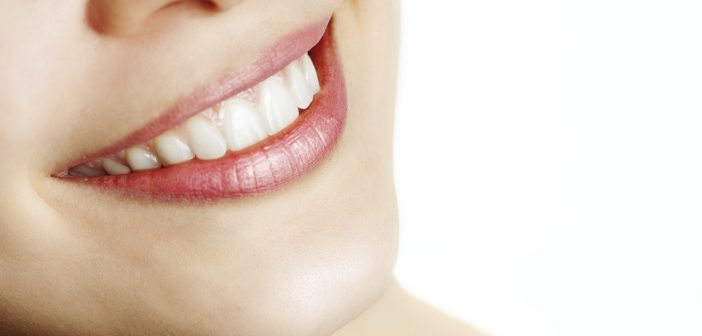In just a few decades, Invisalign has grown from a college student startup to a massive, multimillion dollar company. Thanks to intensive marketing strategies, almost everyone knows that Invisalign is a see-through alternative to braces that works by slowly shifting teeth over time. The ability to remove Invisalign trays and avoid wearing a mouthful of metal have made them an increasingly popular product. However, you may be surprised to learn these five, little-known things about this famous orthodontic company.
The Inventor Was an Adult Orthodontic Patient
Though Invisalign is now used by people of all ages, it was originally created as an invisible tooth straightening method for adults who felt awkward about wearing metal braces. The founder of the company, Zia Chishti, actually got the idea because he was an adult who needed braces. When he was fitted for a retainer, Chishti realized that a series of ever changing retainers could actually be a replacement for wearing metal braces. Since he had felt awkward wearing metal orthodontic equipment like a teenager, Chishti decided to make a less noticeable tooth straightening device. Chishti actually got funding because he wore his device during a meeting, and the investors were shocked to realize just how discrete the devices were.
The Results Are Surprisingly Fast
Invisalign can move teeth at a rate of up to .33 millimeter per tray if the patient wears the device for the maximum amount of time. Since trays are generally changed every two weeks, patients can have a full millimeter of movement in just a couple months. Most patients report that they can actually see a visible difference in just four to six weeks. In many cases, Invisalign trays are actually quicker than traditional braces because they can shift teeth on an individual basis instead of having to rely on widespread movements from the braces’ archwires.
They Aren’t Actually Made of Plastic
When you are trying to learn more about Invisalign, you get a lot of people describing them as “clear plastic trays.” However, the aligners are not actually created from common, see through plastic. The common Bisphenol-A or phthalate plasticizers used to create plastic do not provide enough strength, and they can be unsafe to keep in the mouth for a while. Therefore, Invisalign decided to make their product from a medical-grade, biocompatible polyurethane resin. This resin is far sturdier and more durable than plastic, so patients do not need to worry about wearing through it or tearing it. However, it is so biocompatible to teeth that the aligners can be stained by red wine, tea, or other dark beverages, just like teeth can.
The Company Grew Despite Orthodontic Protests
Most orthodontists dismissed the company when it first started because none of the individual creators had any sort of orthodontic credentials. Therefore, orthodontists would not suggest the product to their patients. However, Invisalign planned the first ever dental marketing strategy that appealed to consumers instead of the orthodontic offices. The $31 million dollar campaign launched countless ads proclaiming the benefits of Invisalign, and patients began asking orthodontists everywhere for the new product. Eventually, orthodontists realized that they would have to start providing the product in order to remain in the competitive orthodontic industry.
Not Everyone Can Use Invisalign
A lot of patients are shocked when they go to the orthodontist for Invisalign and are told they cannot use the product. Unfortunately, the vast marketing for the aligners makes it seem like they are just as versatile as regular braces. However, braces can align jaw issues such as overbites, while Invisalign cannot really make that huge of alterations. Patients with severe jaw alignments or excessive tooth gaps may not be good candidates for Invisalign, and young teenagers with still developing jaws may not benefit from the product either, according to CHT Orthodontics. Therefore, they are only recommended for mature patients with mild orthodontic issues. The company is currently working to make their devices work on a variety of patients.




